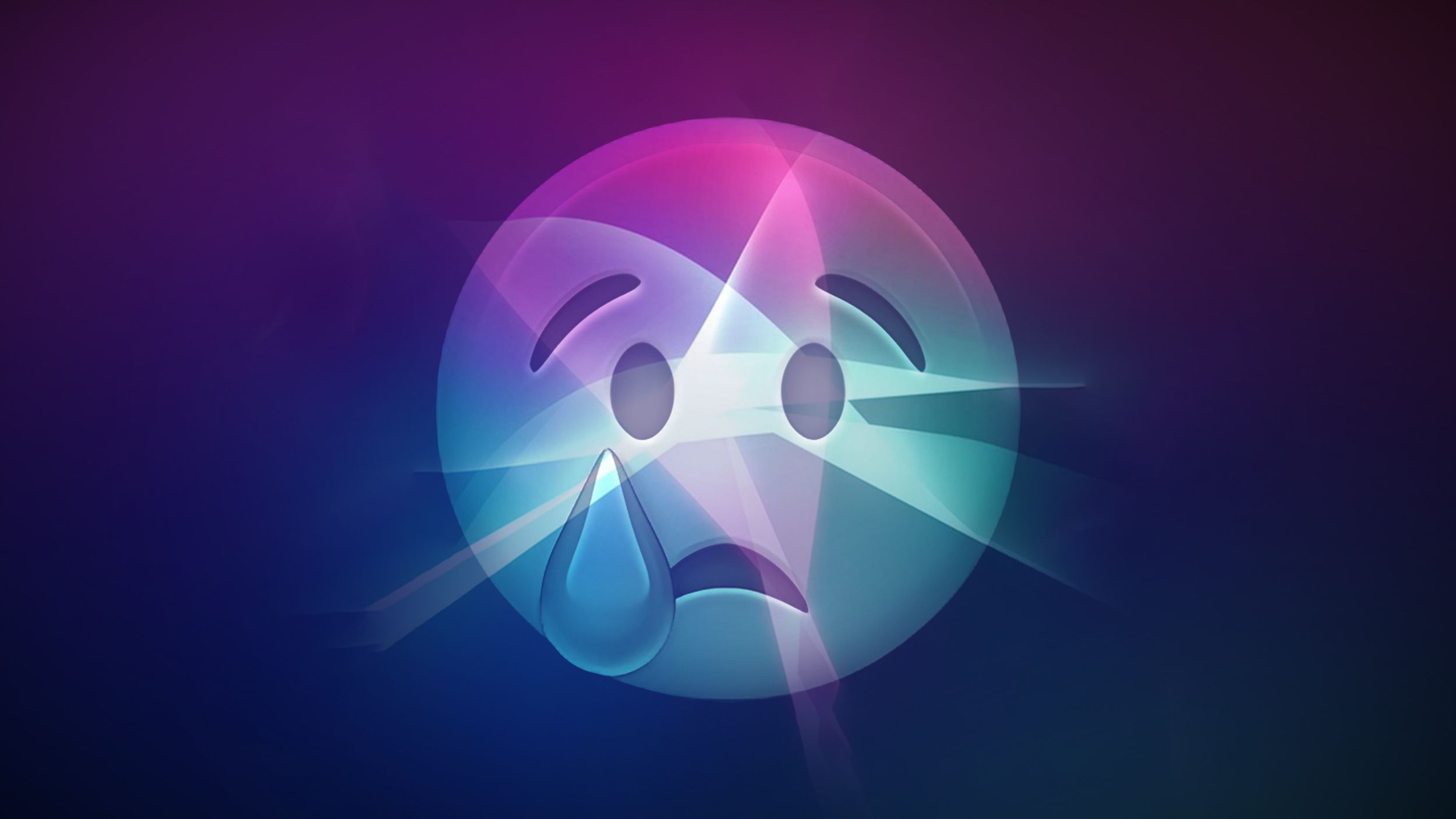Apple’s iOS is an advanced, refined mobile OS that continues to get new features all the time, but it’s still not perfect. General clutter, unhelpful features, and some frustrating default settings can all make iOS less than a joy to use. The good news is that you can solve most of these problems with just a few tweaks. Below, we show you six ways you can make your iPhone less annoying.
1. Turn Off Update Requests
Do you frequently see pop-up messages to update your operating system? To stop them, you have to turn off automatic updates in the settings. Go to Settings > General > Software Update > Automatic Updates > iOS Updates and choose Off.
(Credit: Apple/PCMag)
On the one hand, you won’t see the annoying notifications anymore. On the other hand, you won’t necessarily know right away when an update is available. In a perfect world, you would see a badge notification appear on your Settings icon when a new system update is available to download and install. In reality, the badge usually shows up days after the release. If you get wind that there’s a new update, you’ll see it when you open Settings > General > Software Update.
2. Prevent Your iPhone From Going to Sleep
You might often use your phone to consult a recipe while you cook or to quickly jot down some notes during a prolonged activity. Stop your phone from resting its weary display and get back to work by going to Settings > Display & Brightness > Auto-Lock.

(Credit: Apple/PCMag)
Here, you can set your sleep timer settings between 30 seconds and five minutes. You can also choose Never if you always want to lock your phone yourself.
3. Adjust or Turn Off Banners and Badges
Notification bloat is a real problem. If you have a badge on an iPhone app, it should be there to alert you about something important. In theory, you check your urgent notifications, clear them, and go on your merry way. If there isn’t anything so important, why have the badge at all? Therefore, turning off badges for a lot of apps just makes sense.
To do so, head to Settings > Notifications > and choose the app you want to adjust.
Notice that there are three options: Lock Screen, Notification Center, and Banners. Lock Screen refers to the messages that appear on your lock screen (like the text of incoming Messages). Notification Center is the screen you get when you drag your finger down from the top of the screen. Banners are the pop-up notifications you see while you use your phone.

(Credit: Apple/PCMag)
Below those options are three more: Banner Style, Sounds, and Badges. Banner Style determines whether your pop-up notifications disappear or stay on your screen until you dismiss them. Sounds are the audio tone alerts. Badges are the red circles with numbers that show up on app icons like, for example, the one on your email app that indicates how many unread messages you have.
If an app doesn’t have a legitimate reason to interrupt your day, you should turn off banner notifications and badges at the very least. You can turn them all off by toggling Allow Notifications at the top.
Get Our Best Stories!

Love All Things Apple?
By clicking Sign Me Up, you confirm you are 16+ and agree to our Terms of Use and Privacy Policy.
Thanks for signing up!
Your subscription has been confirmed. Keep an eye on your inbox!
How can you decide which notifications to leave active? Simple. Think about whether it’s something you need to know about when it happens. For example, you might want alerts of new emails if you have important business. It certainly helps to get flight update alerts from certain travel apps when you’re on the go. Your food delivery app and car service apps likely give you relevant real-time information, too. Anything else that’s just not important, however, shouldn’t annoy you with its presence.
4. Turn Off Live Photos (Those Annoying Tiny Videos)
Have you ever taken a picture that turned out to be a very short video? And you didn’t mean for it to be? You probably accidentally used the Live Photos feature, which lets you capture a quick snippet of motion and audio. The problem is that tapping on a photo to see it in motion for a couple of seconds isn’t all that useful.

(Credit: Apple/PCMag)
Don’t want to deal with that? Open the Camera app and turn off Live Photo (top right icon). Then go to Settings > Camera > Preserve Settings > and enable the button next to Live Photo. These settings turn off the Live Photos option and make sure it stays that way.
Recommended by Our Editors
5. Siri, Stop!
If you deal with sensitive information, turning off Siri on your iPhone is an easy choice. But it’s more than just about security. Sure, Siri is instrumental in certain contexts. It can be an amazing assistant, and it’s also really helpful in getting people to not look at their phones while driving. (Please don’t text and drive. You’re going to kill someone.)
But if you don’t regularly have a need for Siri, it’s very much in your interest to turn it off. That way, it won’t automatically trigger at odd moments or accidentally listen to something you’d rather not have anyone else hear. (For what it’s worth, Apple has a very good policy of anonymizing requests sent via Siri to its servers, but any time you digitize and send information, there’s a risk someone could intercept it.)
To turn off Siri, go to Settings > Siri > Talk to Siri > Off.

(Credit: Apple/PCMag)
You can also prevent Siri from working when you lock your phone and turn off the option to activate it via the side button in the same Settings section. That said, activating Siri with a button is a lot less intrusive than summoning it by mentioning its name when you actually want to use it.
6. Show the Battery Percentage
A battery graphic isn’t great at indicating exactly how much charge your phone has left, and Apple (for whatever reason) doesn’t show battery percentage by default. Since the percentage just appears inside the battery graphic, it doesn’t take up any extra real estate at the top of your screen, so there’s really no reason not to turn it on. To do so, head to Settings > Battery > Battery Percentage.

(Credit: Apple/PCMag)
If you open the Battery Health & Charging section in the Battery menu, you can find out what your maximum battery capacity is relative to when your iPhone was new. Yes, even your iPhone’s battery degrades over time. You can’t increase your battery capacity, but you can make a mental note of when you might want or need to replace it.
About Jill Duffy
Contributor

Read the latest from Jill Duffy
About Ruben Circelli
Analyst, Software

Read the latest from Ruben Circelli
- Jotform Review
- More from Ruben Circelli









